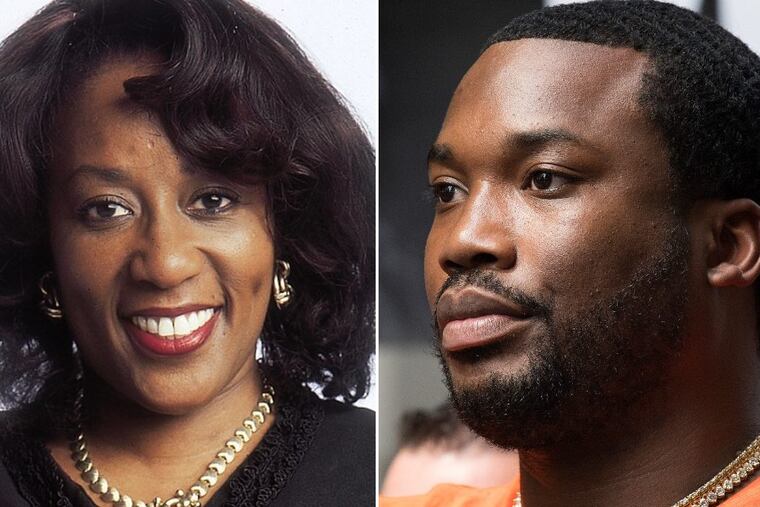Cameras in PA courts will allow justice to be done — and seen | Editorial
The OJ Simpson trial was 23 years ago, and more than a decade before the first I-phone was released, allowing people to photograph and post pictures of their breakfast. A courtroom camera ban seems a quaint throwback to an earlier time.

The O.J Simpson murder trial became the best thing on TV for the majority of 1995 primarily because Judge Lance Ito allowed cameras to live broadcast the proceedings. America was hooked; estimates claim that more than 150 million people watched the verdict.
Many questioned the wisdom of the cameras in the courts. According to Paul Thaler, professor of communications at Adelphi University, there is no question that Judge Ito lost control of his courtroom because of the pressure that came with televising the trial. Since then, judges have been wary of allowing cameras into their courtroom.
On the other hand, the O.J. Simpson trial was 23 years ago, more than a decade before the first iPhone was released, allowing people to photograph and post pictures of their breakfast. A courtroom camera ban seems a quaint throwback to an earlier time. And yet, Pennsylvania is one of only 14 states that do not allow cameras or recording devices in court during jury trial. Proponents of the ban argue that cameras in courts make the process undignified. Achieving justice, they argue, should not be a form of entertainment.
But cameras record what happens, and allowing them would help establish the veracity of facts in dispute, for example, whether Judge Genece Brinkley laughed while questioning a defense witness during a recent hearing in the case of rapper Meek Mill. Brinkley said that she may have smiled, the witness said that "it was more like a smirk," and the defense attorney said she "laughed in his [the witness'] face." It might seem like a small, unimportant detail, but in a case in which the judge's conduct is in question, this is a big deal.
A camera in that courtroom would have put the argument to rest.
Cameras could also allow us to think about trials in a broader way than just determining guilt or innocence in a specific case.
The victim-impact statements in the sexual abuse trial of Larry Nassar, Michigan State University and former USA Gymnastics team doctor, horrified America. Over a seven-day sentencing hearing, an astounding 156 current and former gymnasts came forward to share the details of Nassar's crimes.
The cameras also led to larger social result. Aly Raisman started her testimony by saying that she was too scared to come to the courtroom, and, "It wasn't until I started watching the impact statements from the other brave survivors that I realized I, too, needed to be here."
Prior to the hearing, 57 victims were expected to read statements. Almost a hundred more decided to join after watching their peers confront Nassar. That's justice.
Cameras in court should not be viewed as impeding justice. On the contrary, they can serve as a tool of accountability and as an amplifier to the work of justice that is done in courtrooms across the country every day. Justice is supposed to be blind. But the proceedings that ensure justice should be viewable to all.